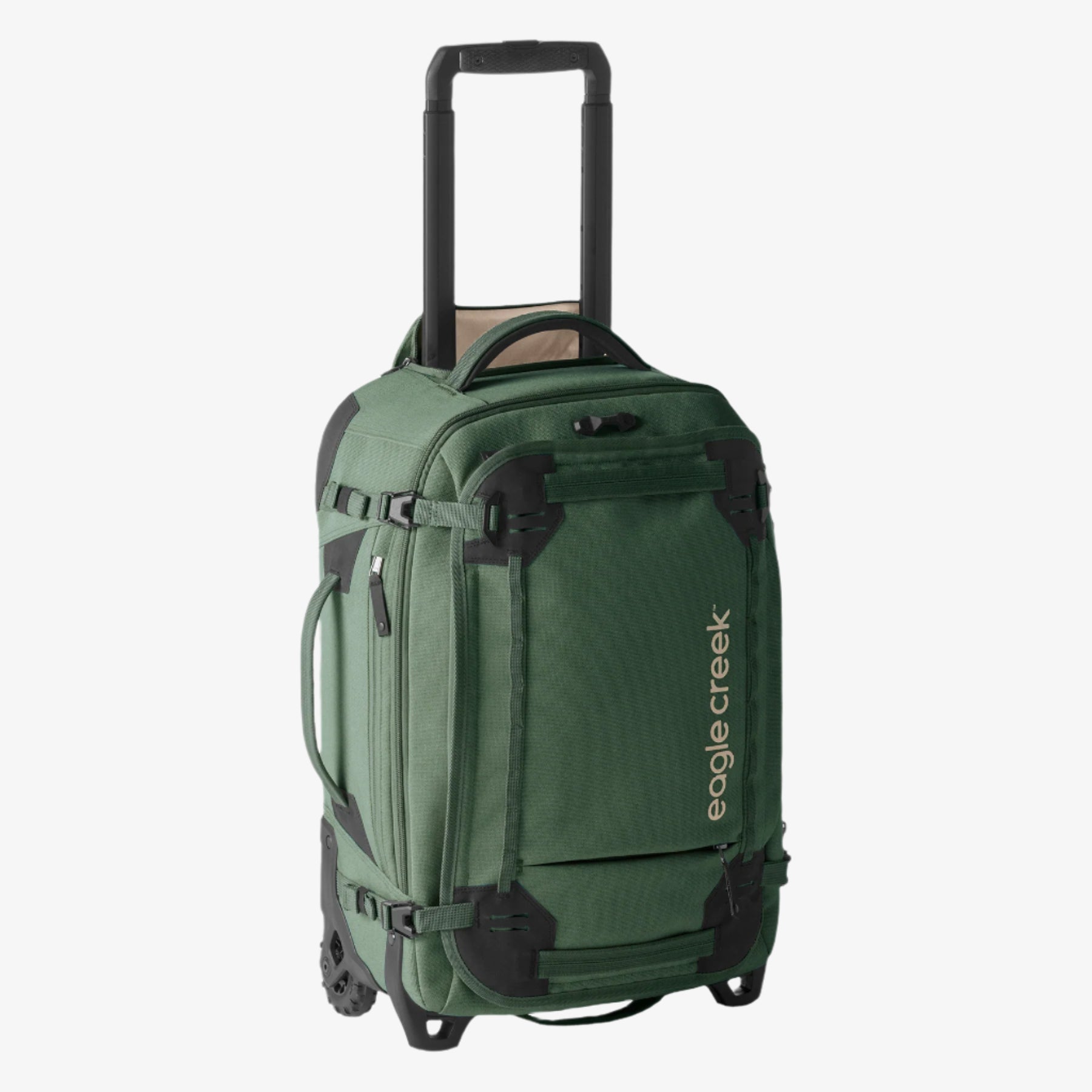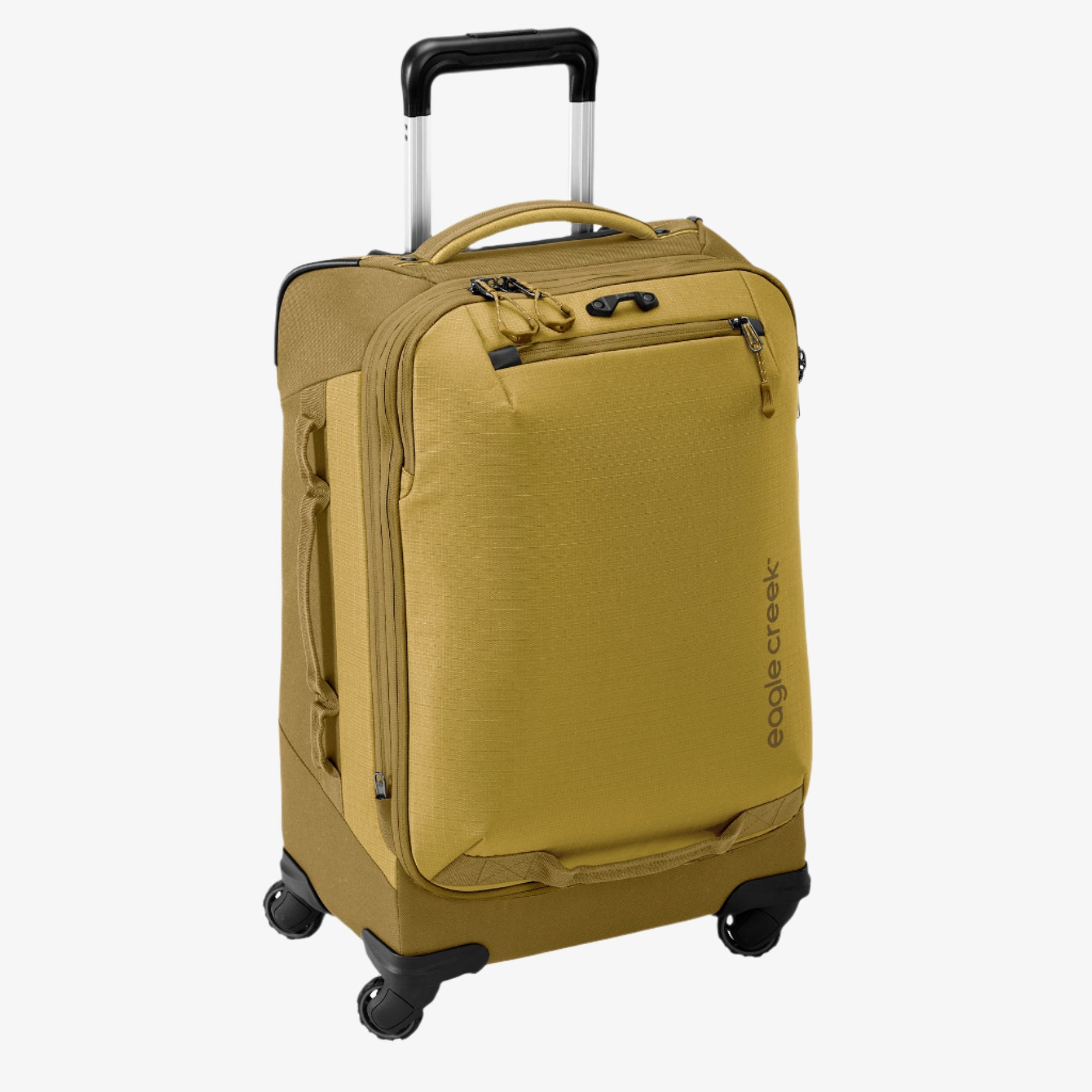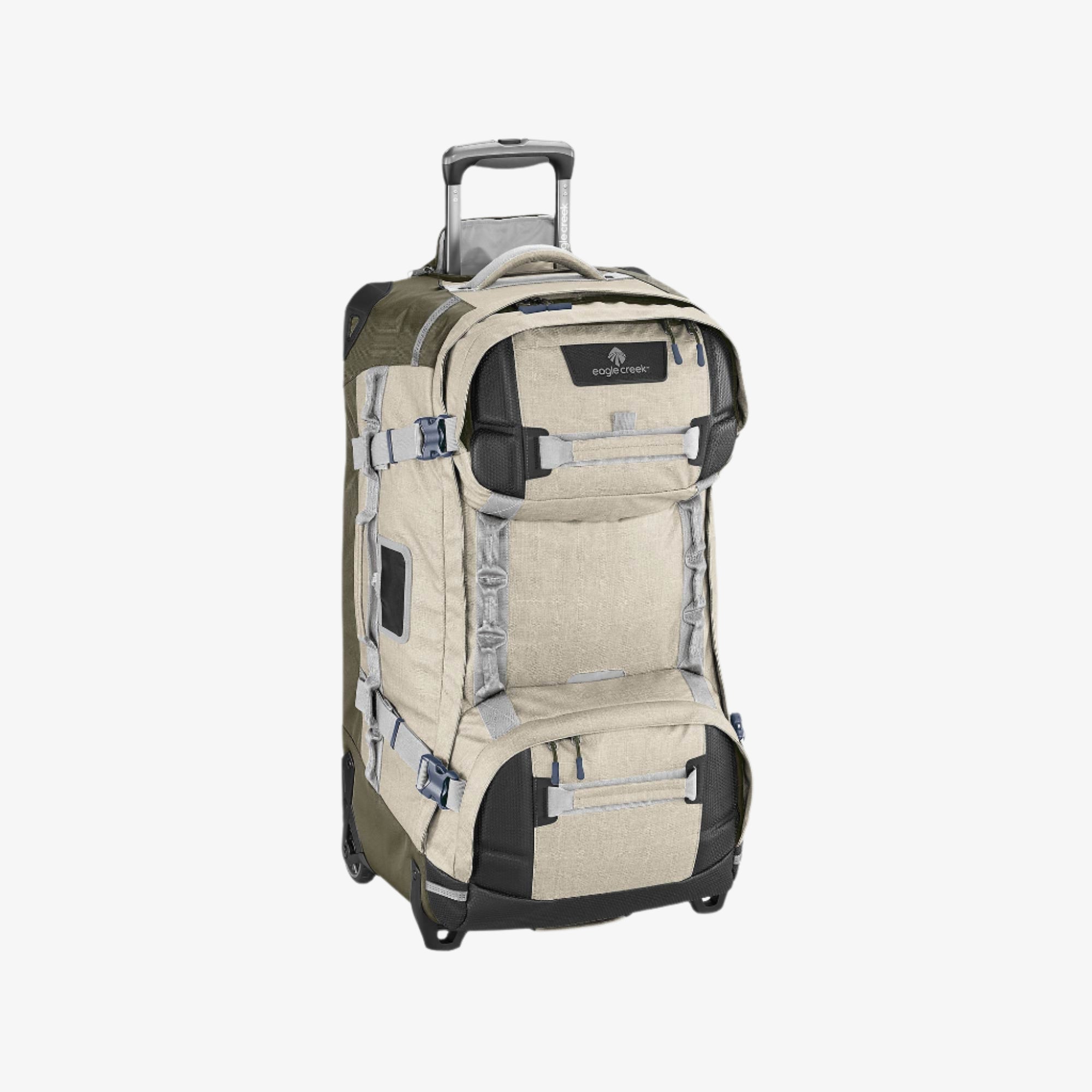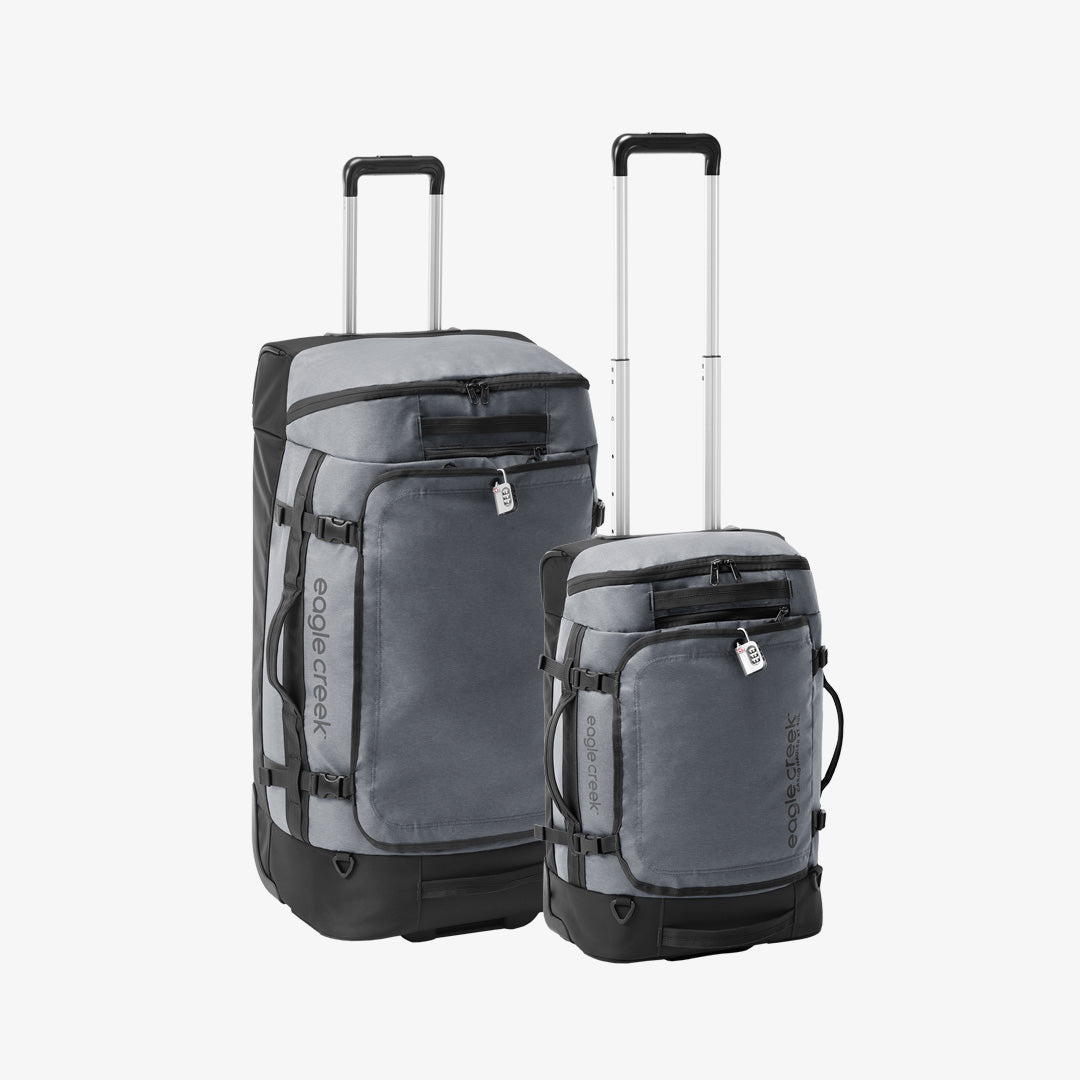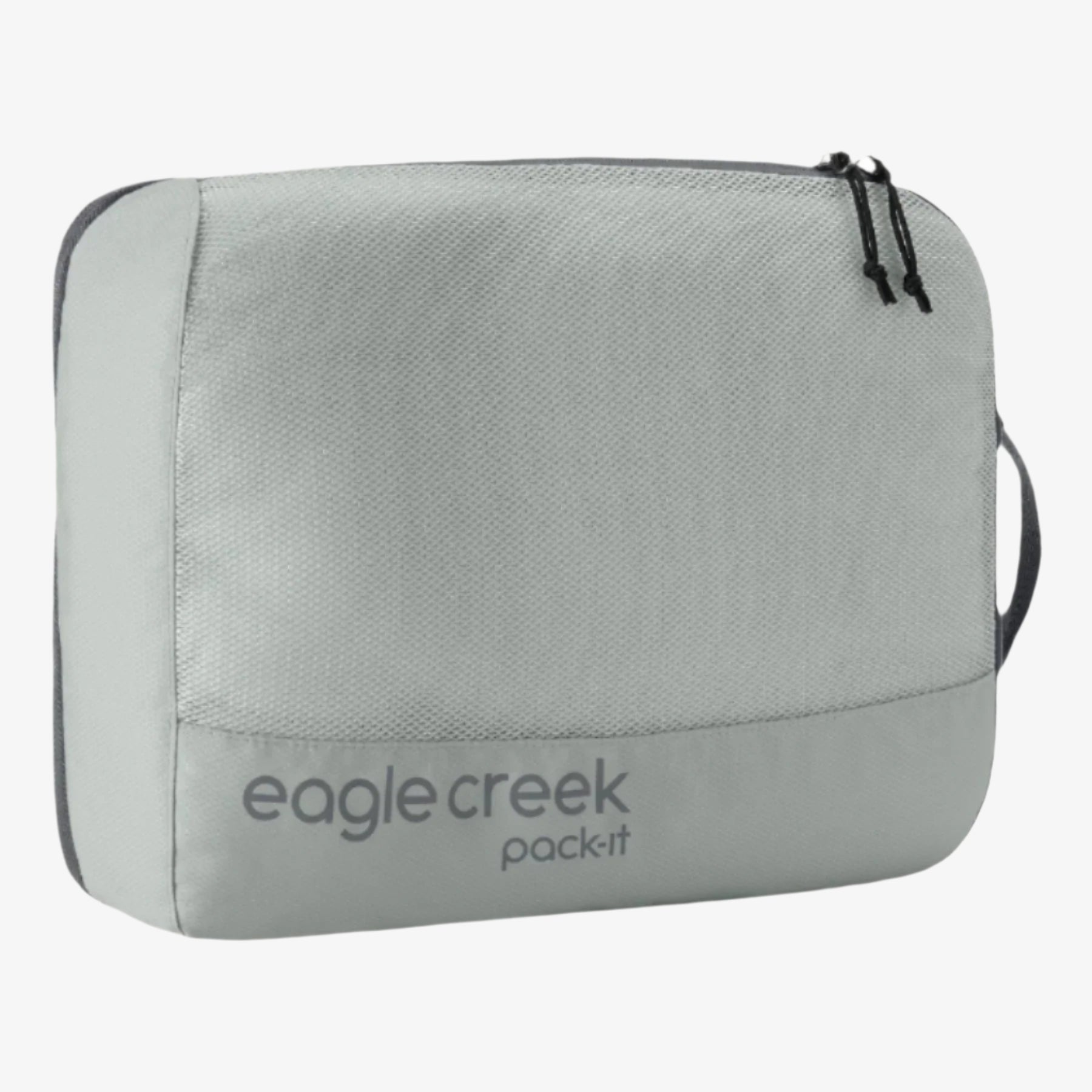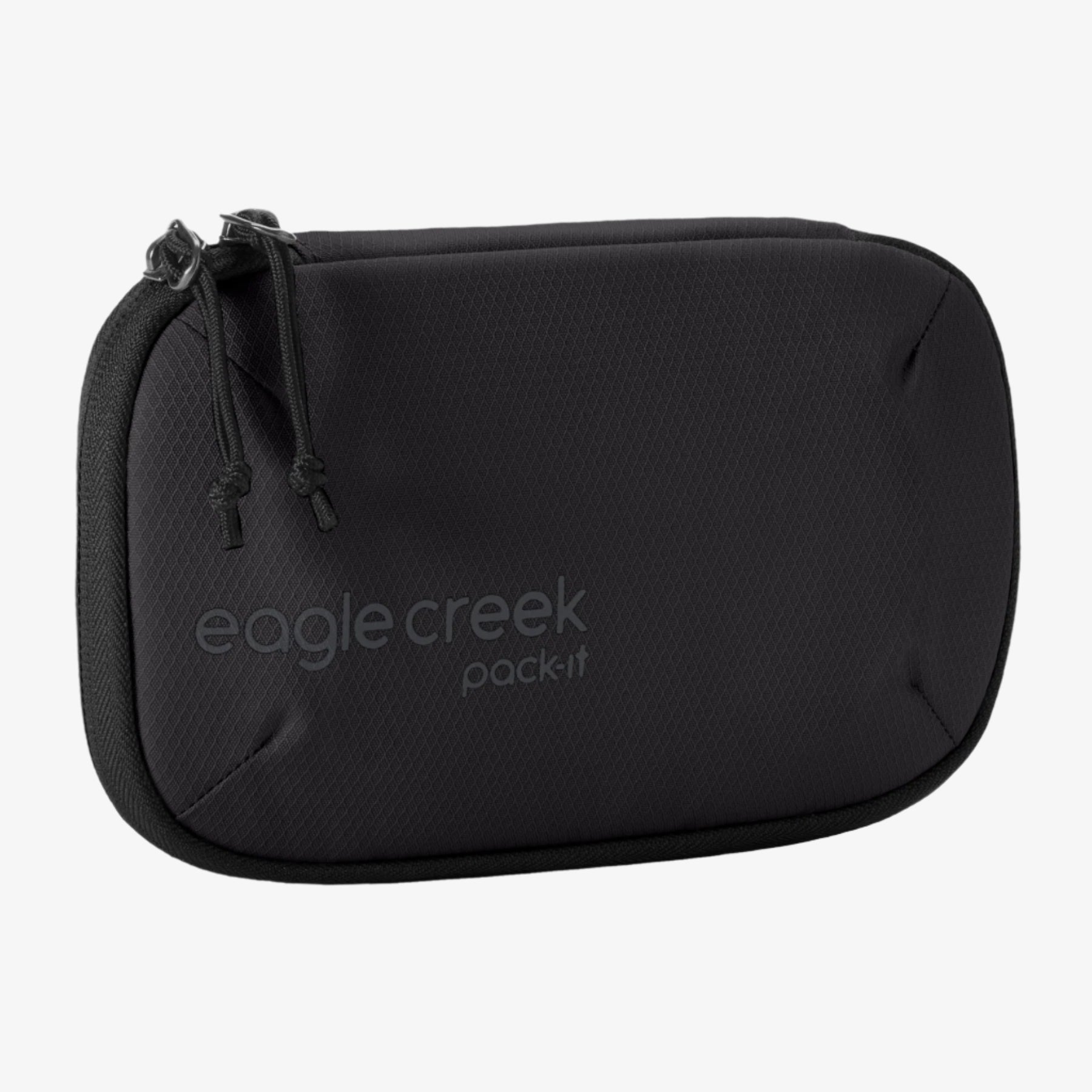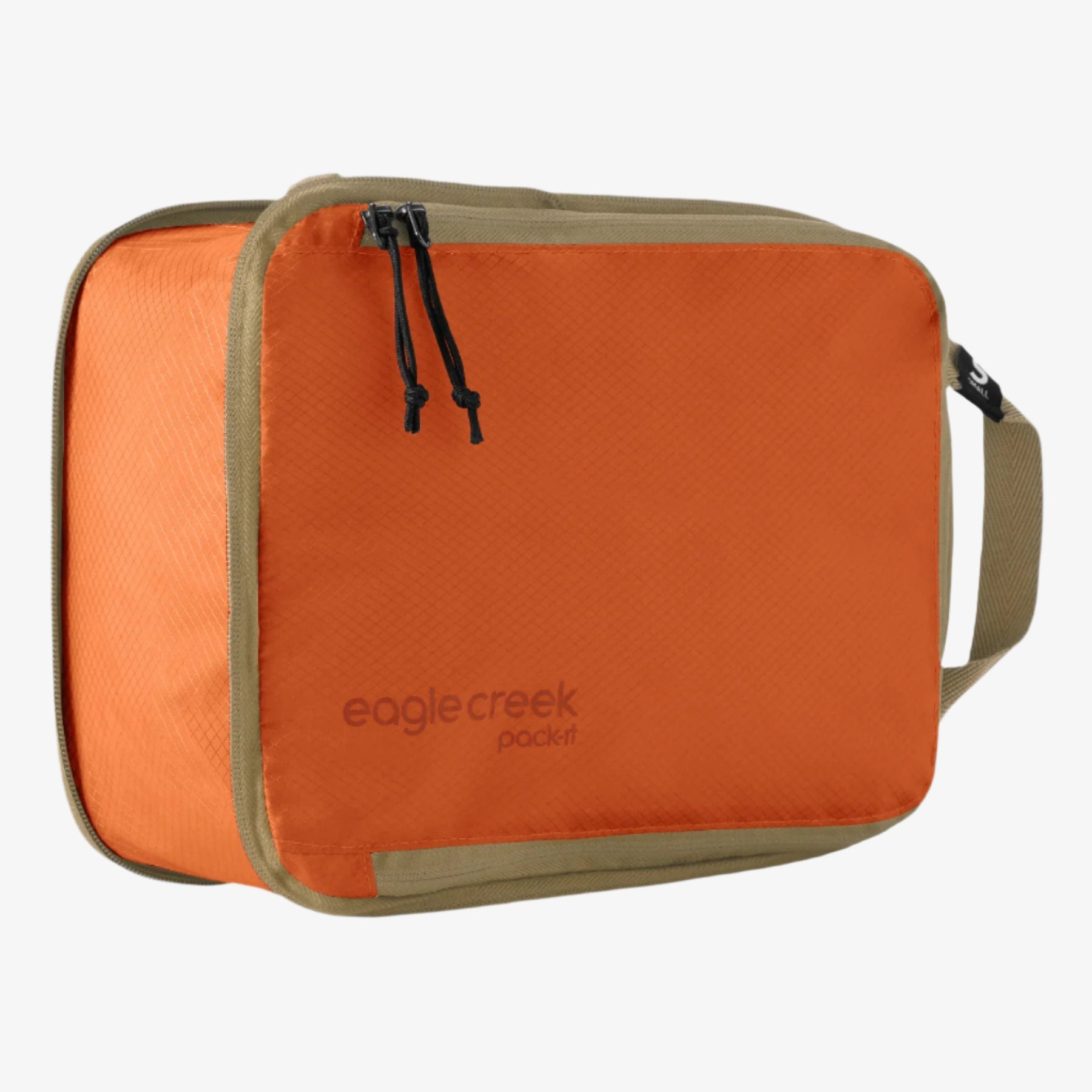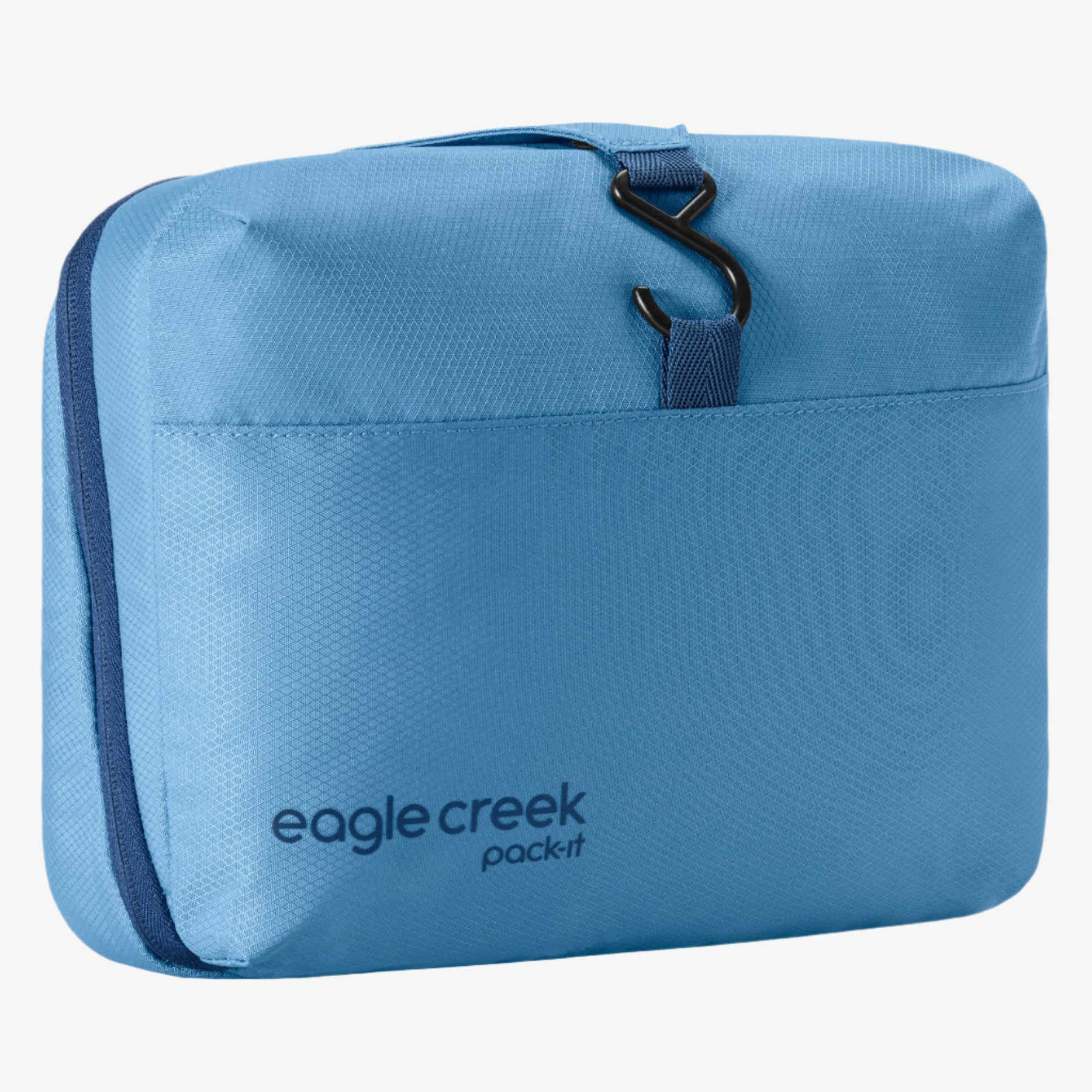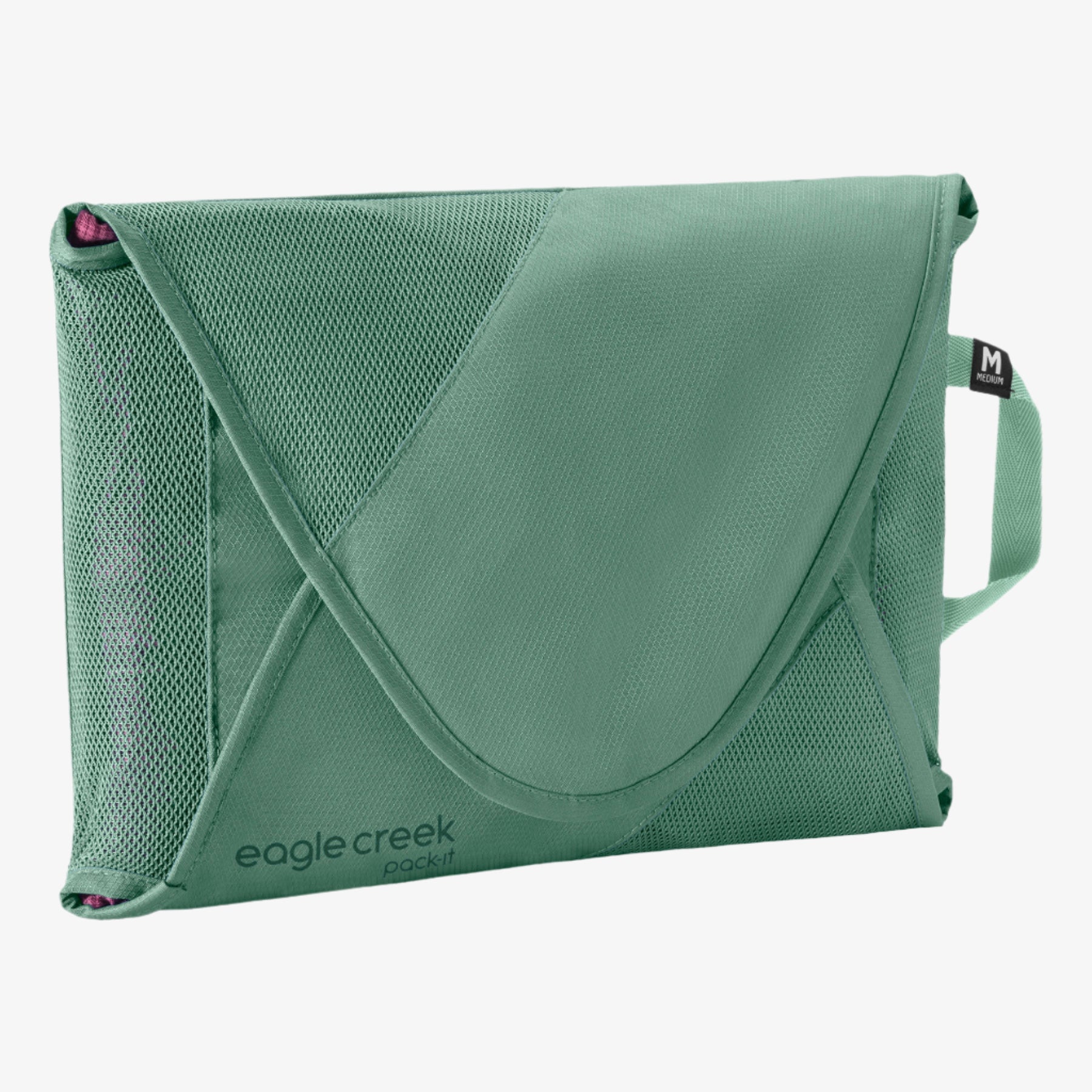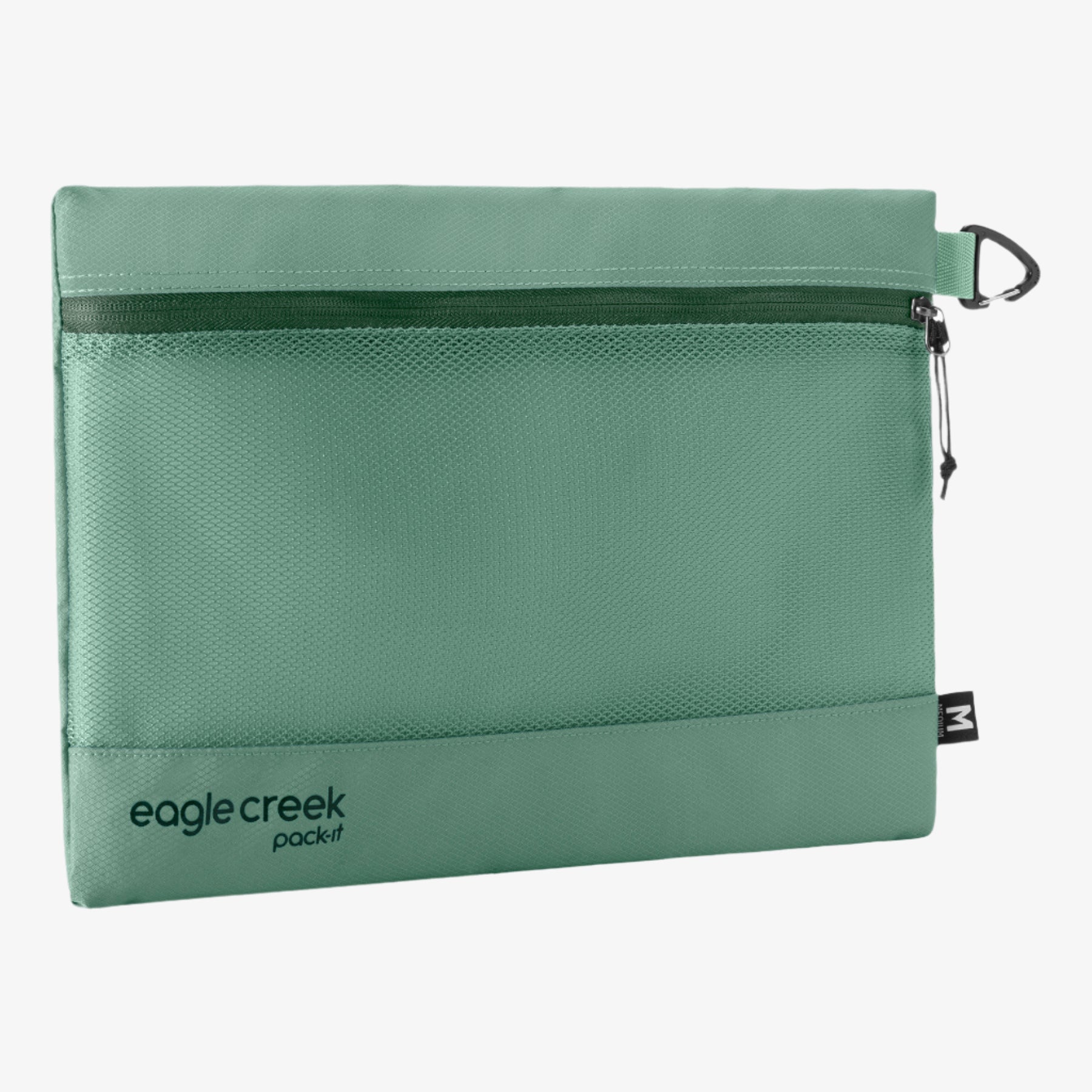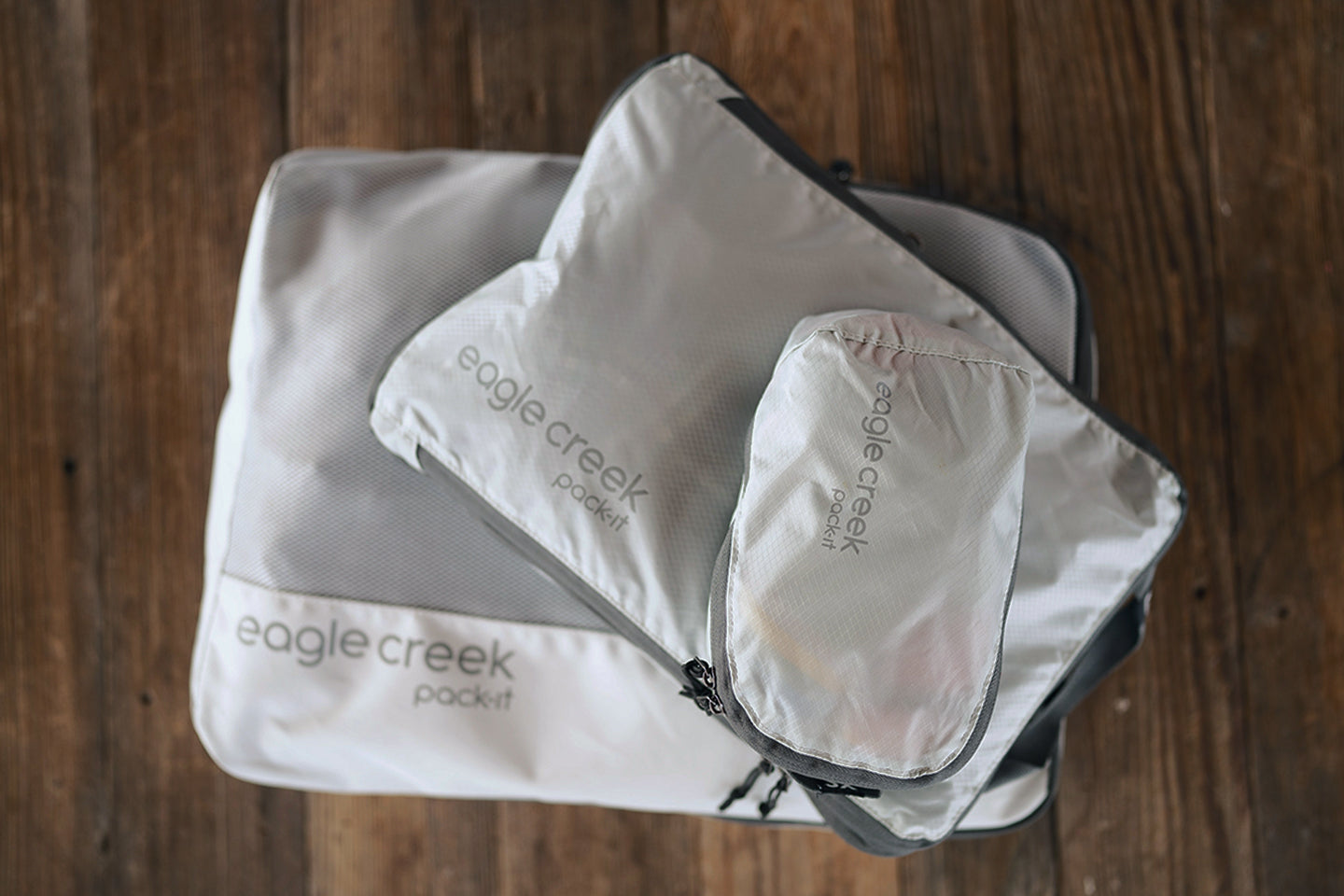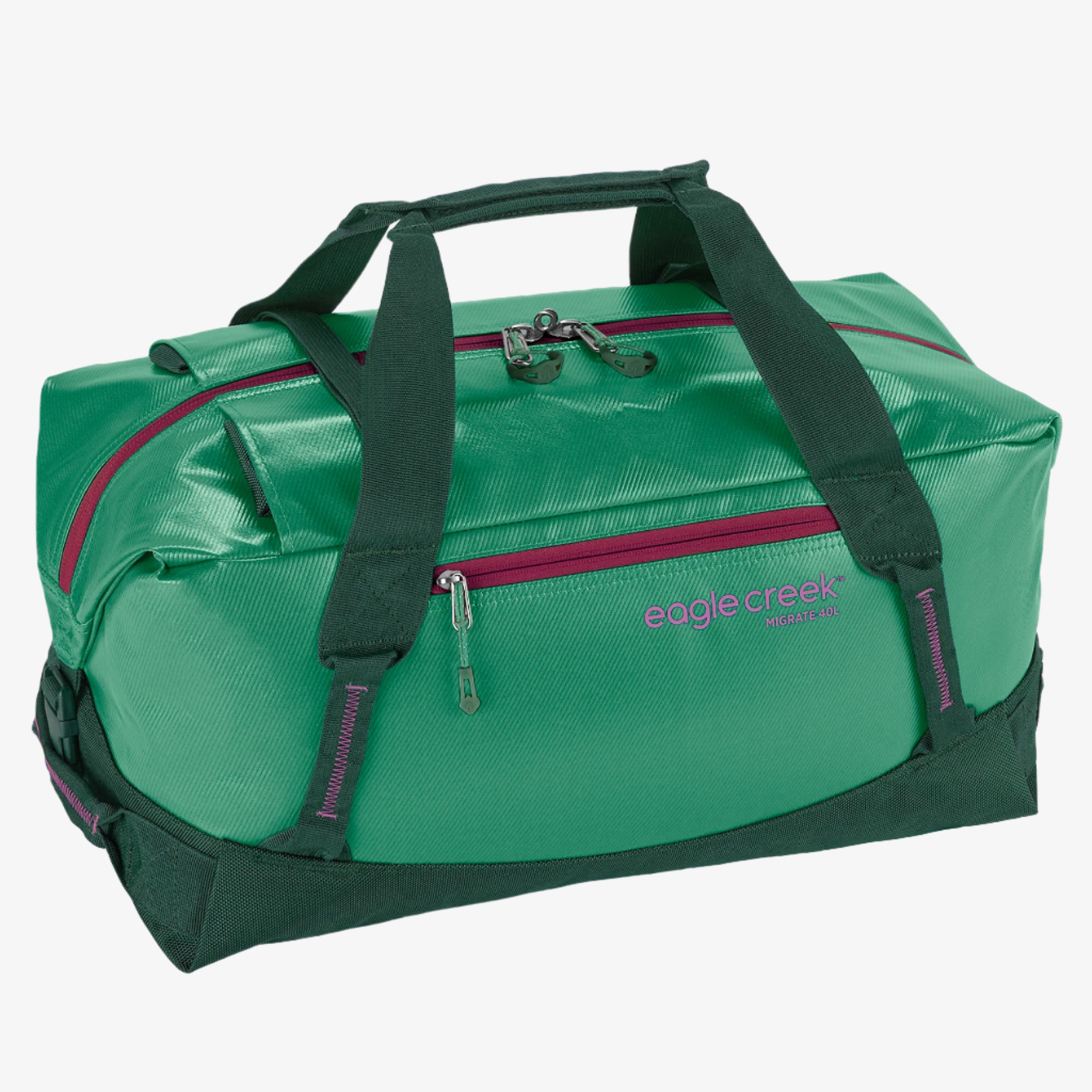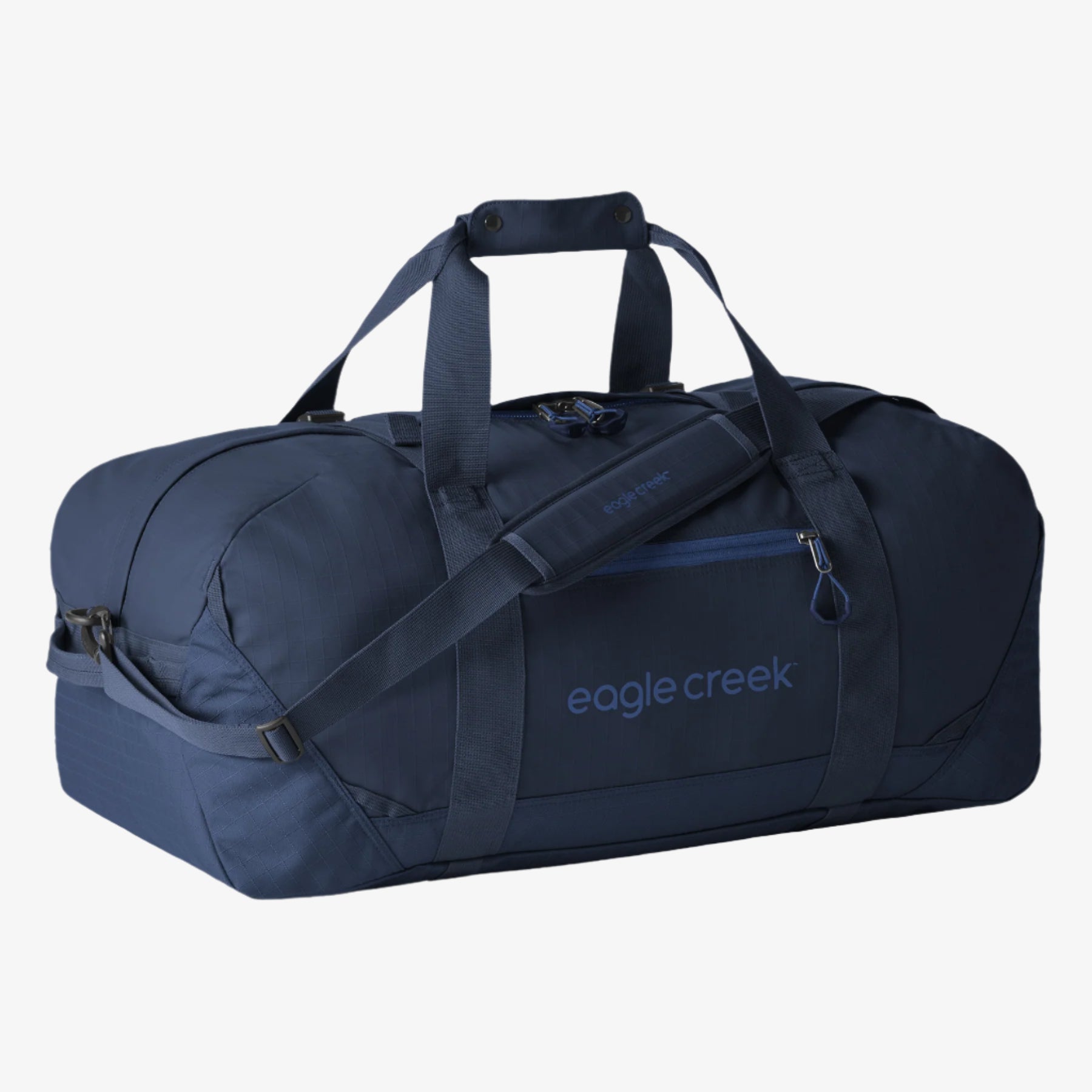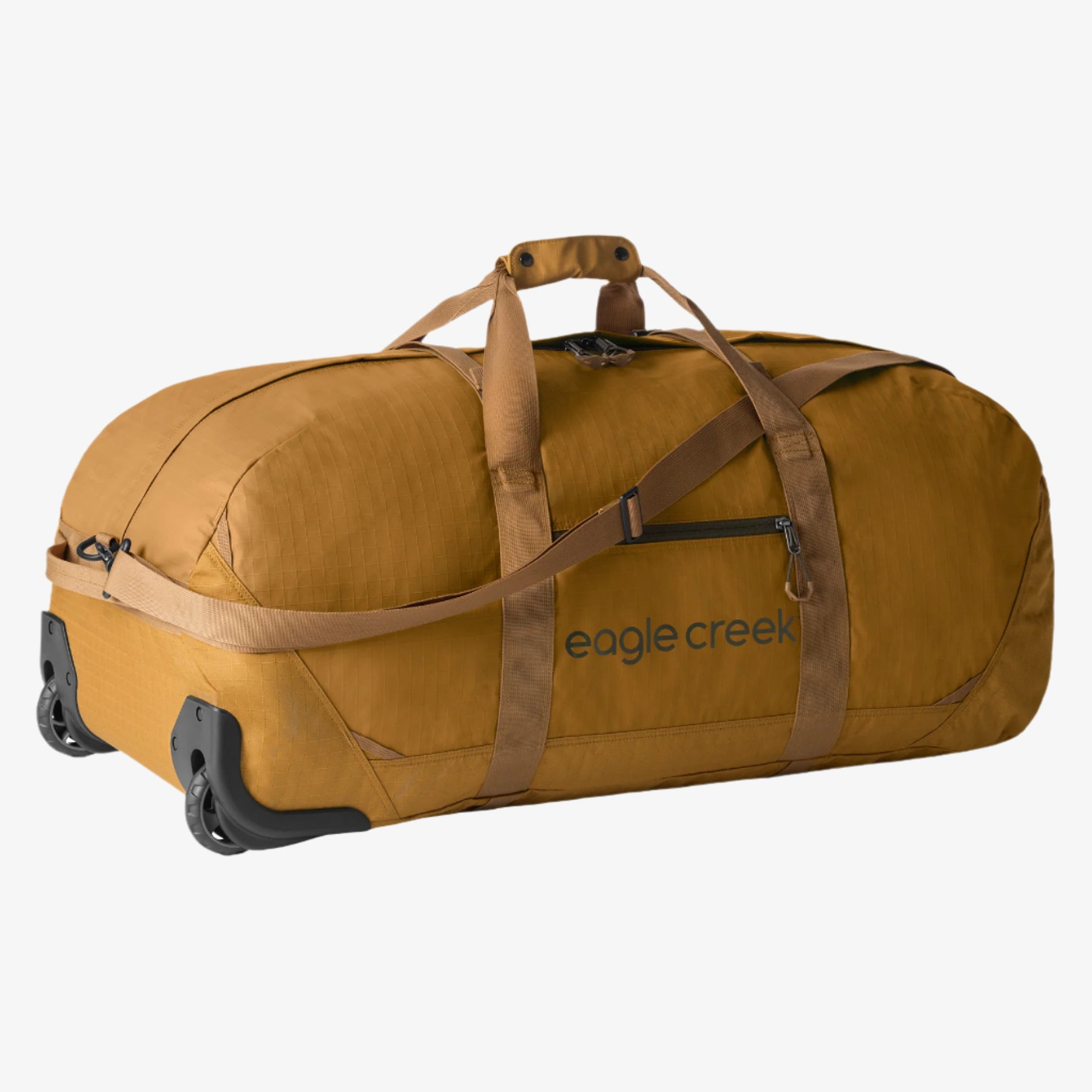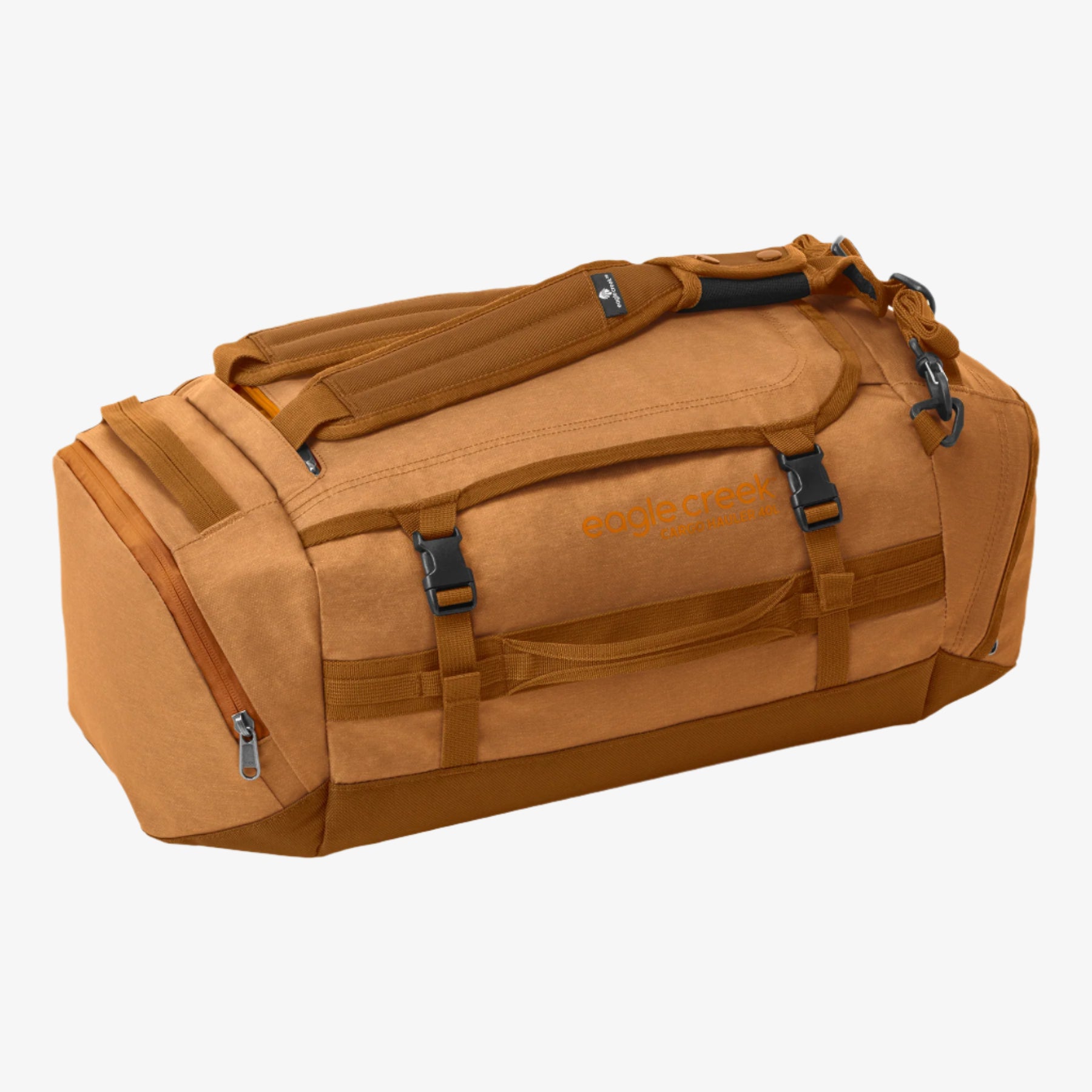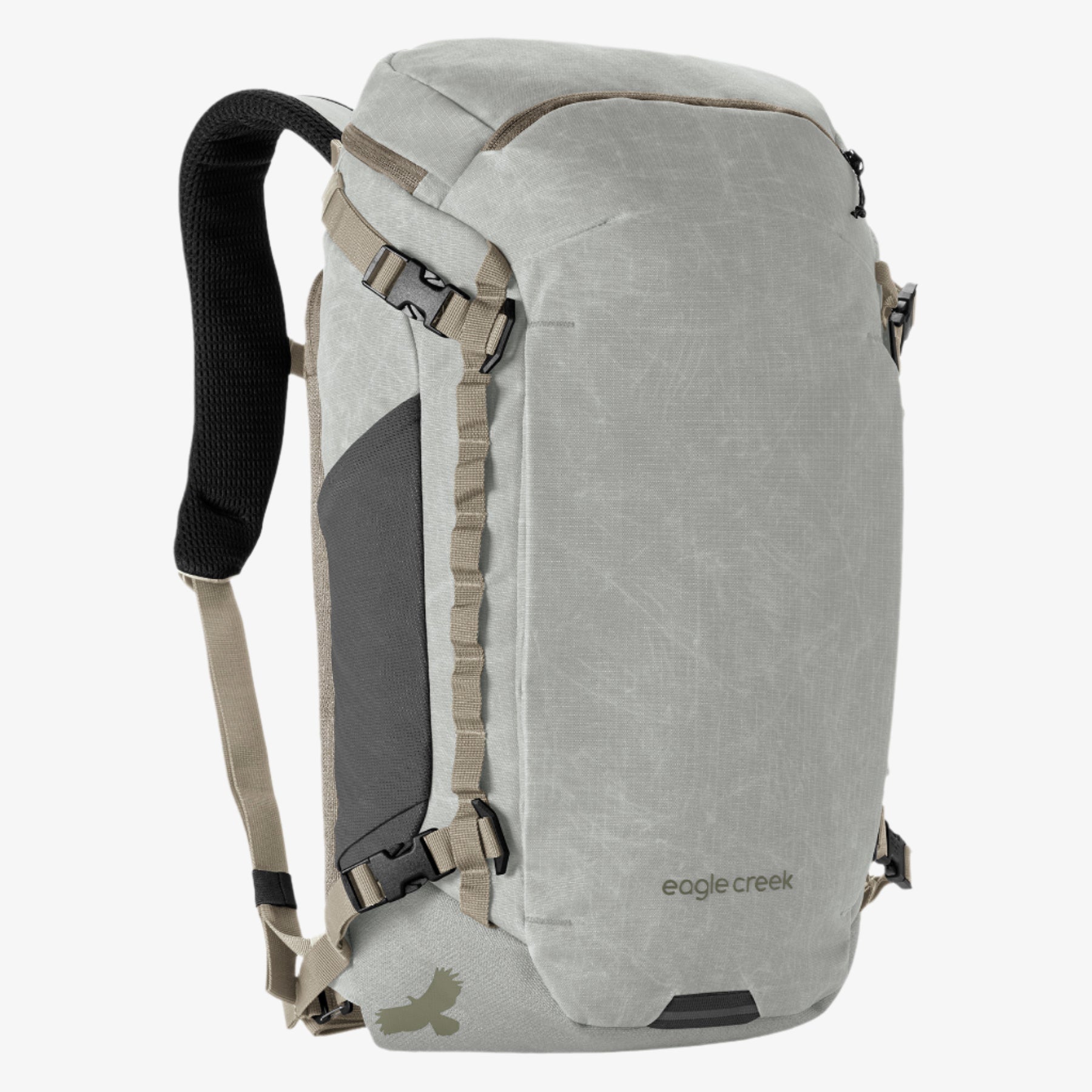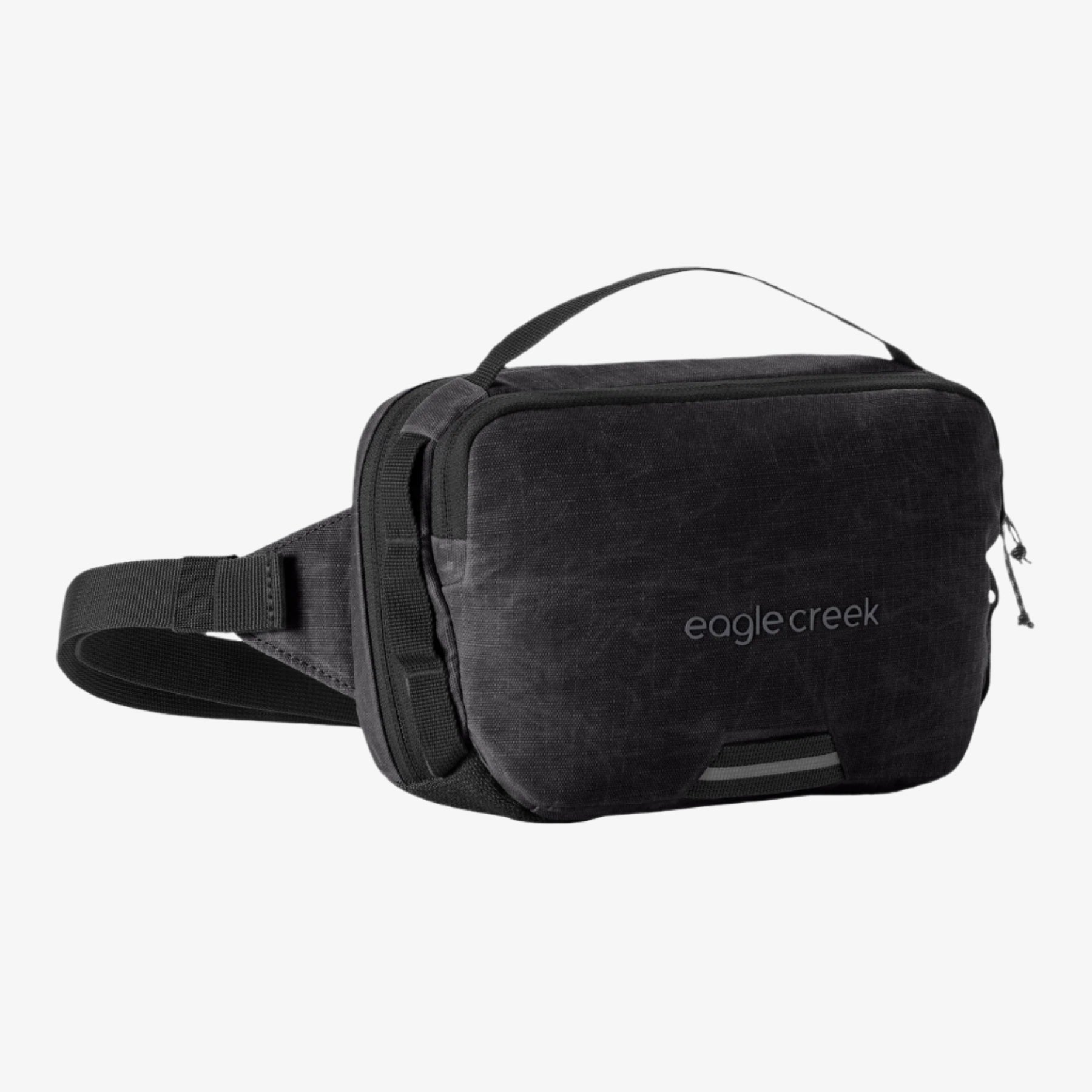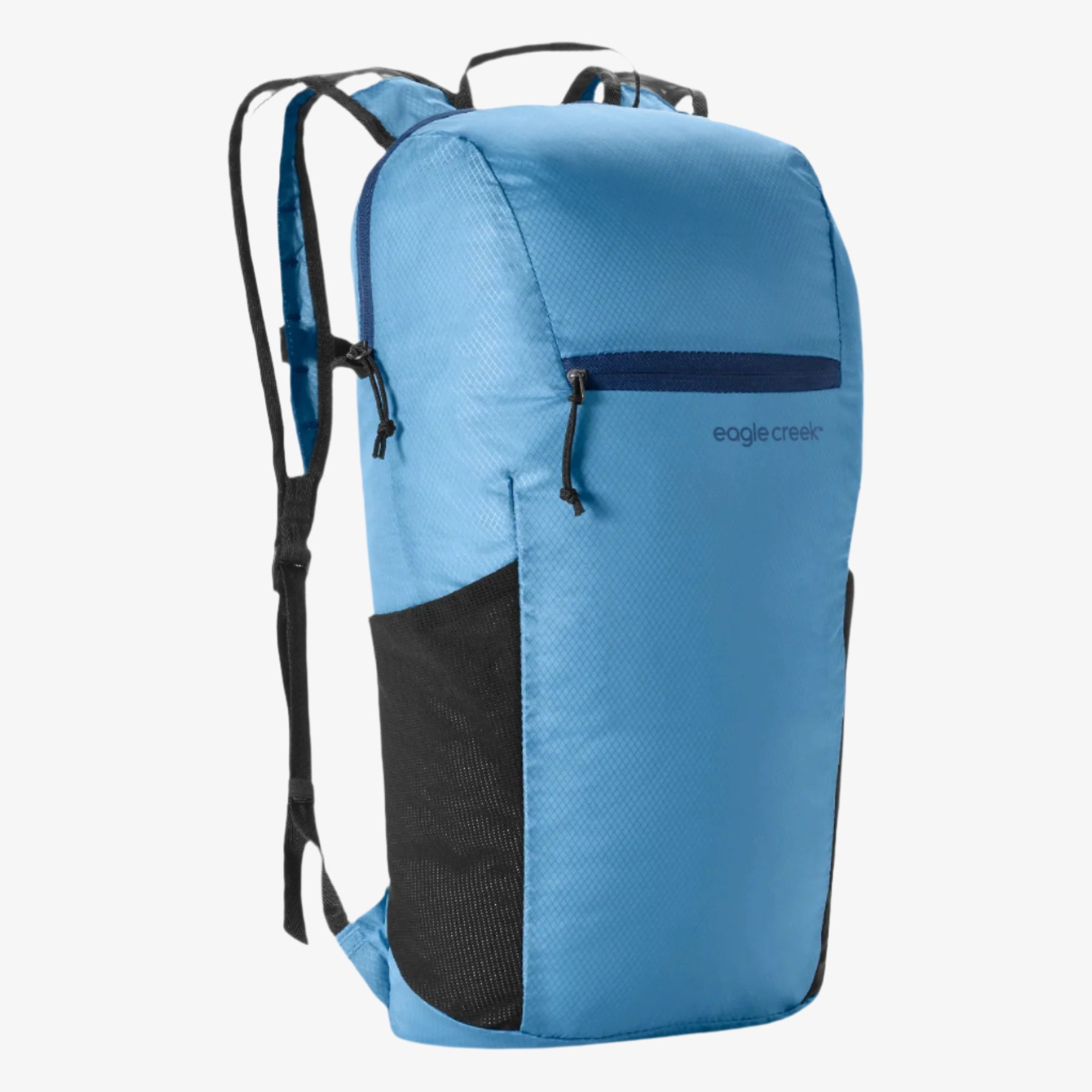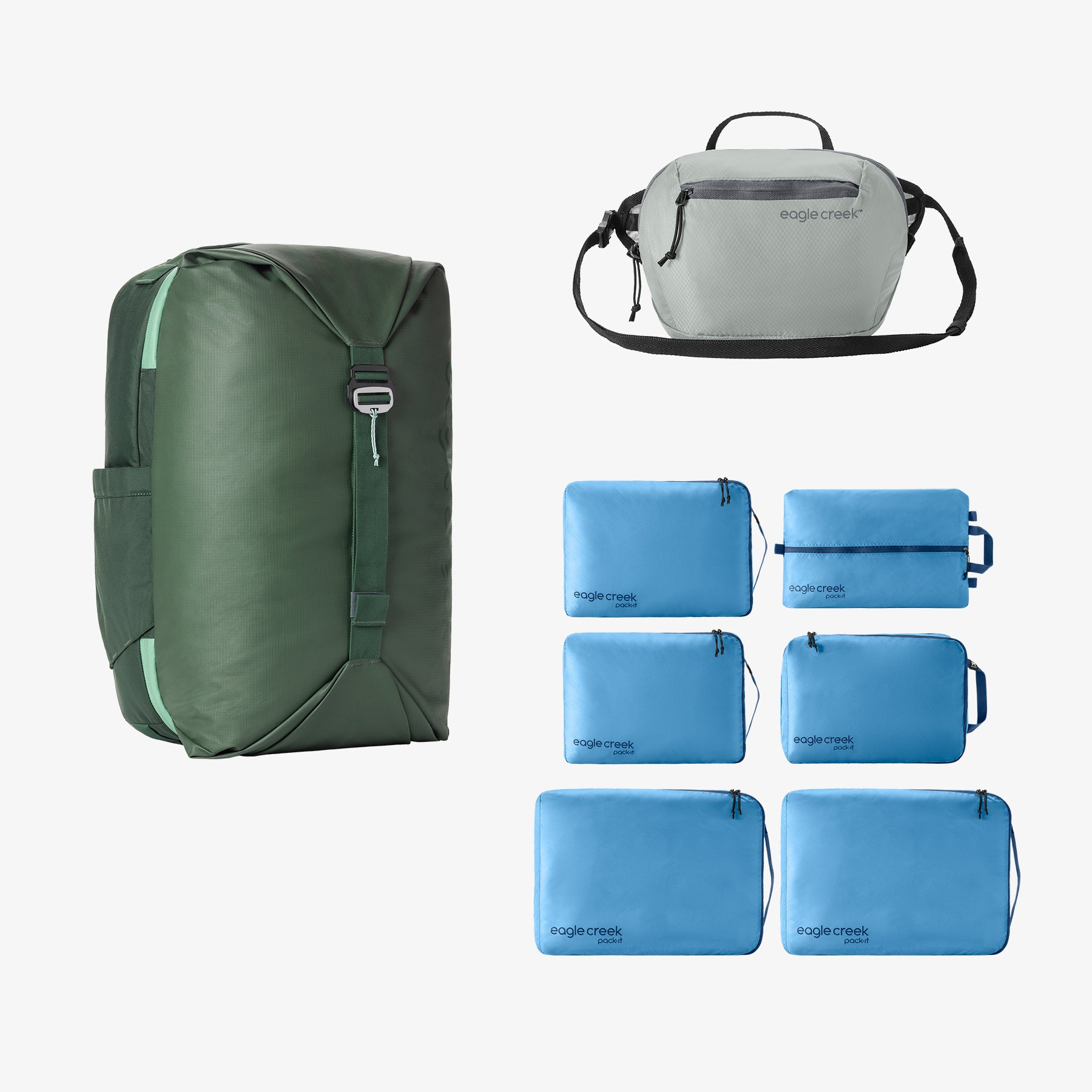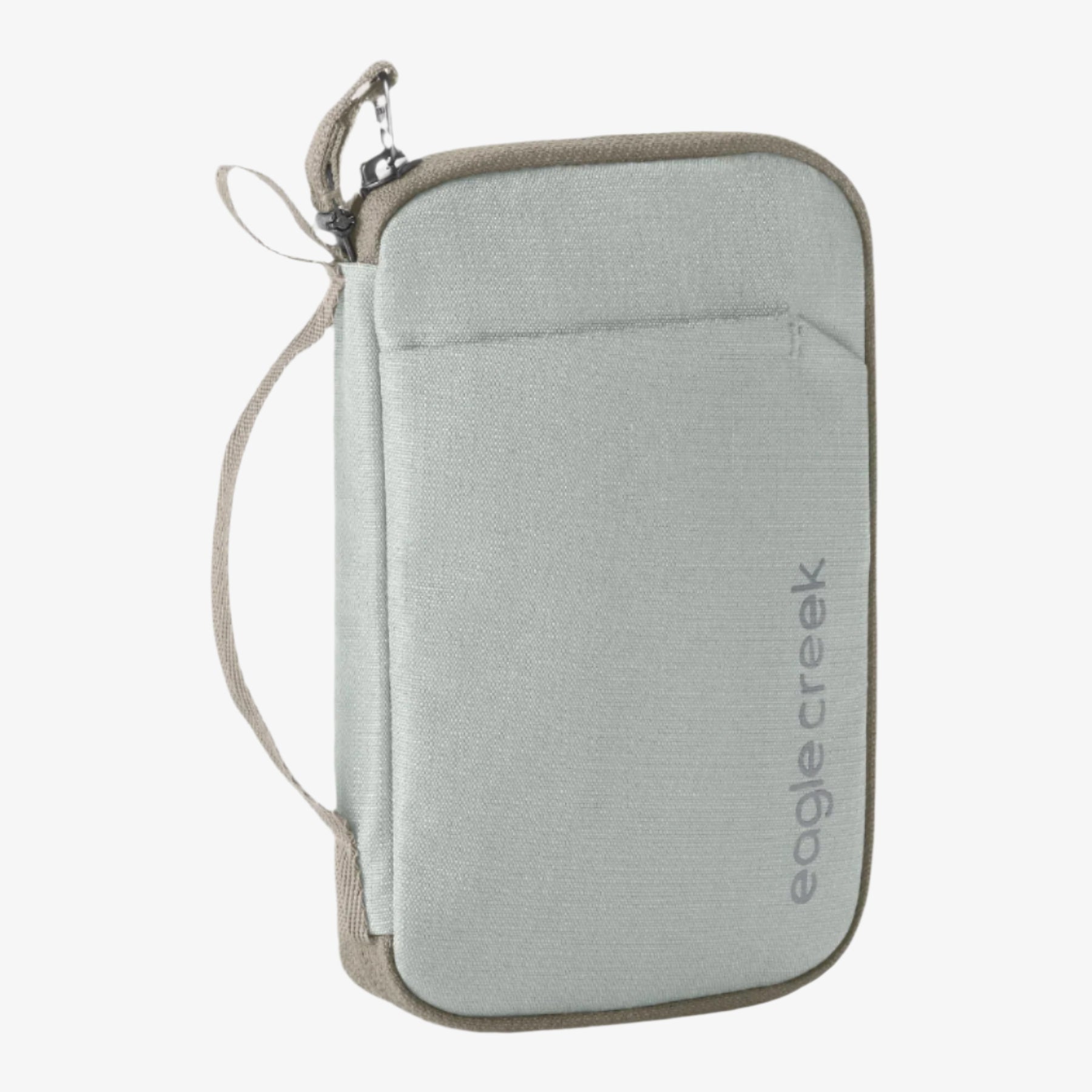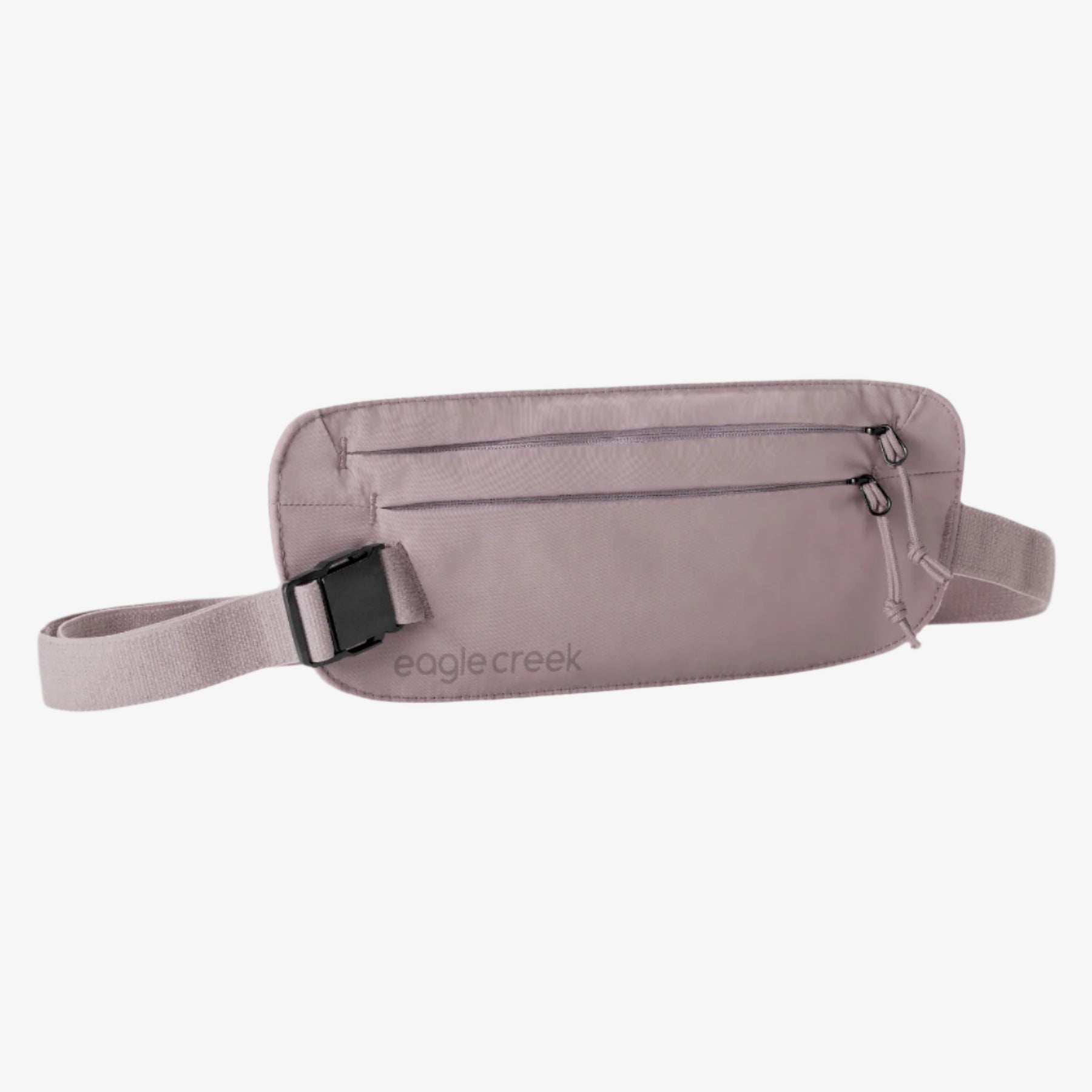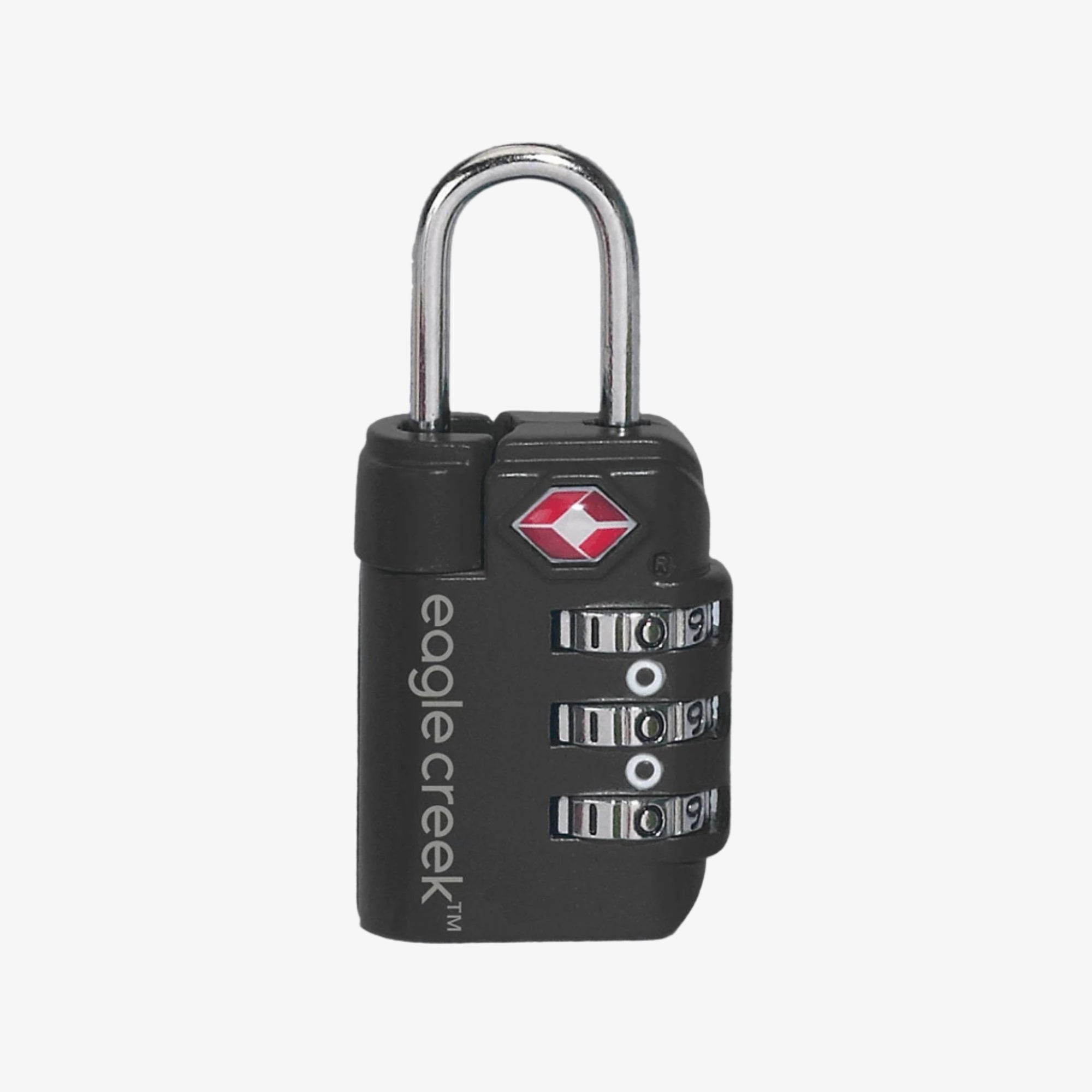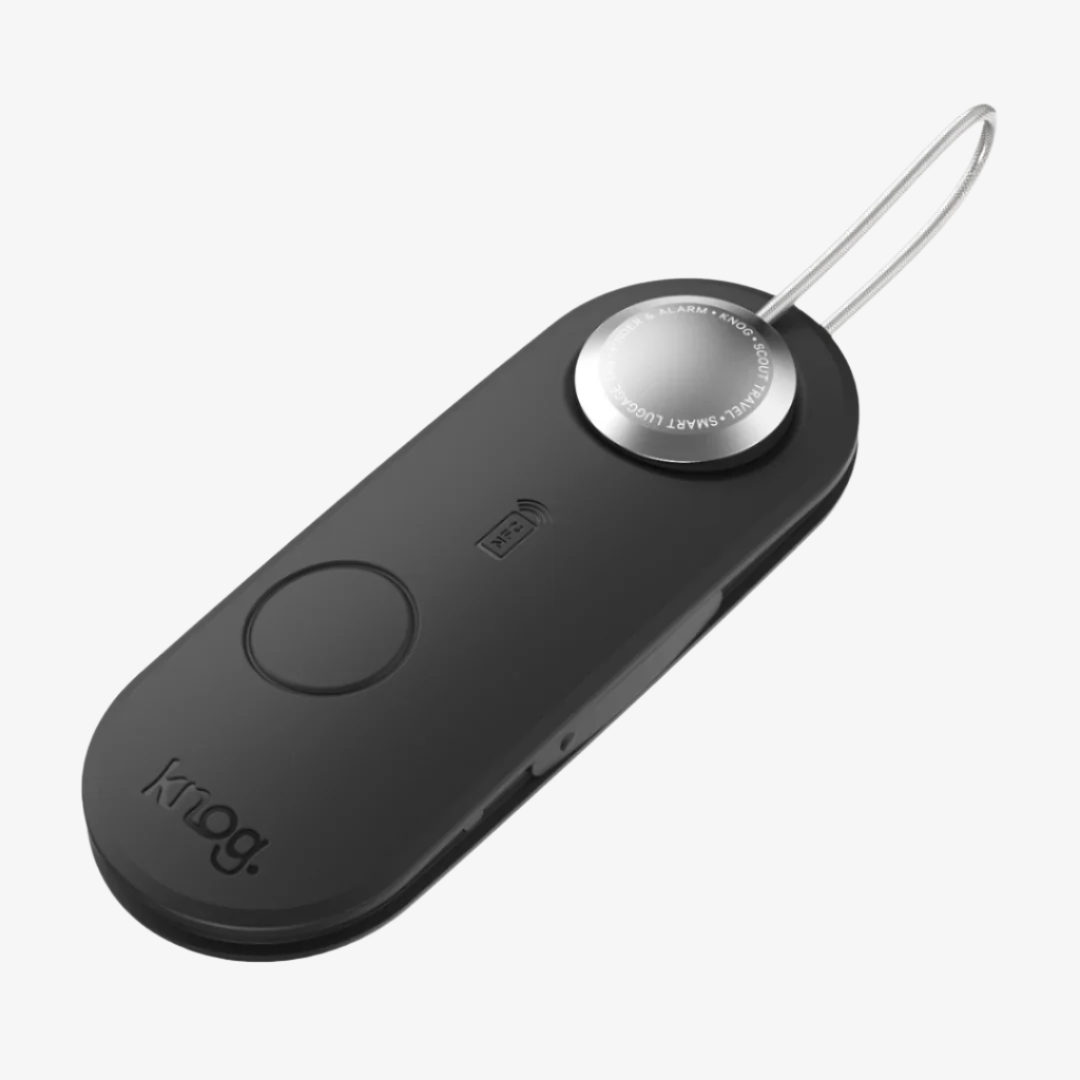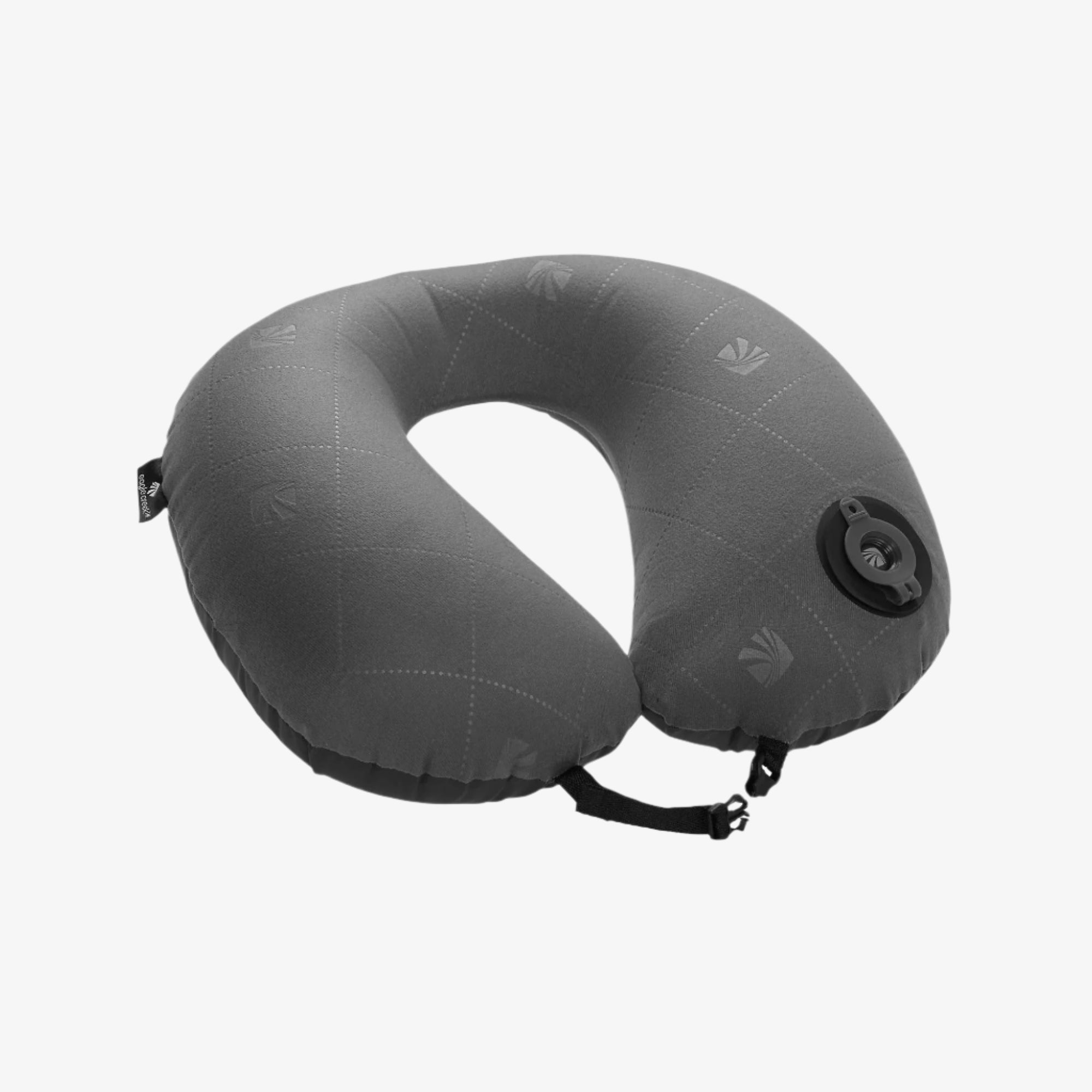
Nix nausea with the best medicine for seasickness on a cruise. Use these five essential helpful tips to enjoy your stay at sea and beat motion sickness before it even begins!
Whether you’re getting ready for some fun in the sun or an Antarctic adventure that's packed with snow, ice, and everything nice, one thing’s for sure—if your plans include a cruise ship, packing your sea legs, and your travel cubes, is a must. Nothing kills relaxation mode like feelings of nausea. If you’re prone to motion sickness, or just want to prevent what could be a rough trip at sea, check out these remedies. When the waves get rockin’, prevent sickness from knockin’ with these five tips.
1. Get a prescription for motion sickness medicine.
The last time you were on a boat, you may have noticed some people with little white circles behind their ears. It wasn’t a fashion statement. Scopolamine patches are used to prevent nausea and vomiting caused by motion sickness. When applied at least four hours before you board, each patch is good for three days—enough time to allow you to enjoy some excursions and catch some sun. Going on a weeklong cruise or sailing adventure? Throw a patch in a compact bag, such as the Explore Crossbody Wallet, and you’ll have it with you when it’s time to reapply. Make an appointment with your general practitioner to discuss whether this type of a prescription is a good idea to help you prevent seasickness.
2. Go over the counter.
Taking over-the-counter medicine for seasickness on a cruise, such as Bonine, Benadryl, or Dramamine is another option. While they might be sold onboard, it’s always good to take some with you. Pack them in a water-repellant toiletry kit, such as the Pack-It Specter Wallaby Small, and you’ll be ready to go. Just remember, Bonine and Benadryl cause drowsiness, so you might not want to make them your go-to option during the day. And, of course, always talk to your doctor before taking any drug to make sure it won't negatively interact with any other medications that you might be taking.
3. Know what to wear.
In Chinese medicine, acupressure is believed to balance the flow of energy (chi) in the body. Nausea is a sign of disharmony of chi. The answer to getting back to equilibrium on a cruise: pressure points. Instead of having to use your thumb to apply pressure to your wrist, go for a hands-free option. Complete your ultimate travel packing checklist with an acupressure-inspired Sea-Band that curbs nausea and vomiting by using a small bead on a wristband to exert continuous, gentle pressure.
4. Eat for the sea.
While it might be hard to skip out on the all-you-can-eat buffet, passing on greasy, spicy, and acidic foods could be just what you need to settle your stomach. Instead of piling your plate high, reach for a Granny Smith. It turns out, an apple a day doesn’t just keep the doctor away; it can keep seasickness at bay, too. The pectin in green apples helps neutralize acid in the stomach, while the natural sugar helps settle the stomach. Ginger tea, powdered capsules, or ginger candies can also help treat nausea on a cruise. Sipping on water as opposed to downing alcohol (a diuretic that speeds up dehydration) can also make you less susceptible to motion sickness.
5. Take preventive measures.
It’s always smart to stay one step ahead. Before you board your cruise ship, do a few things to keep sickness at bay.
● Mind your destination. Avoid motion sickness by vacationing in calmer waters. While there are always exceptions—and surprises in the seven-day forecast—you can follow general rules of thumb. For example, the Gulf of Mexico and the Caribbean Sea tend to have calmer waters than most portions of the Atlantic Ocean. And be sure not to book during hurricane season.
● Go big. Choosing a larger, modern cruise ship with state-of-the-art stabilizers will greatly reduce the pitch and roll of the vessel.
● Choose your cabin wisely. The location of your cabin helps. If you’re prone to seasickness, go for a middle room on one of the lower decks, so you’ll feel less movement. If you’re able to upgrade your accommodations, choosing a room with a balcony could help; fresh air is your friend. Having a consistent view of the horizon point can also help you see that things are level even when you feel like they’re not.
● Bring bottled water. Bringing along some bottled water when you’re out on an excursion—especially when visiting locations where local water is questionable—is always a good idea. Throw some H2O in your Wayfinder Backpack 30L, and get going.
Heading to sea in the Caribbean? Be sure to check out these packing tips for a Caribbean Cruise.
While Eagle Creek is here to provide tips and insights on travel, we cannot accept any responsibility for any potential consequences arising from the use of this information. Always conduct your own research and use your best judgment.
Related Links (from Eagle Creek blog):
Everything You Need to Know About Travel Clinics


